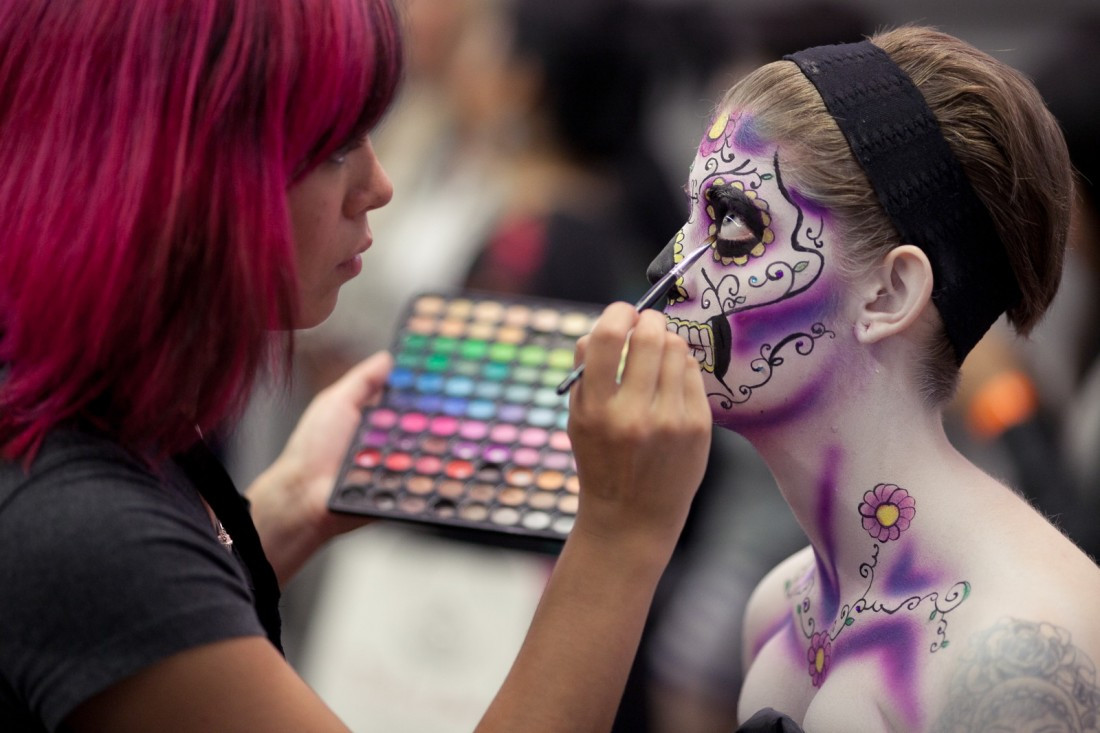WHAT NOT TO WEAR THIS SUMMER
Cultural appropriation is never trendy
Festival season can mean many things to a lot of different people. Universally, it seems to promise good music, fun, and a forum in which you can test the waters by pushing your daily fashion in directions you normally wouldn’t. While for a lot of folks this might mean shirking the casual business attire in favour of a flow-y skirt or some rad shorteralls, some still unfortunately connote freedom and fashion with headdresses and bindis.
When a person from one culture borrows something from another, it changes or removes the meaning of that thing in the process. This exercise of appropriating culturally significant symbols and objects can be traced back throughout history, but recently it’s unlikely you’ll walk into a clothing store like Forever 21 without spotting at least one item that’s making a trend out of someone else’s heritage.
Sometimes the offense can be obvious. For example, Urban Outfitters used of a sacred aboriginal symbol in an attempt to market a smudge kit. Other times, the prevalence of these items can make them seem harmless, like wearing a dreamcatcher t-shirt, or swapping your winter toque for a turban.
In a lot of cases, people just might not get what the problem is. Like all privilege, unless someone speaks up, you could go a very long time without noticing the ways in which this affects others. You might never have to encounter the kinds of things that are daily struggles for some. Still, the discussion surrounding cultural appropriation is ongoing. More people need to know that these items aren’t a fashion statement, and they don’t belong on your t-shirt.
Just like clothing, any forum where one culture is on display kind of has the opportunity to be problematic. Something like Folklorama can, on one hand, be an opportunity to explore and learn about other traditions in a respectful way.
Alternatively, taking just a couple of elements of a culture can sometimes enter into the territory of reducing something to a stereotype. In the early 20th century, African artworks were brought back to Paris and displayed in museums completely without context. Visitors to the museums misinterpreted the forms that were radically different from their own art, abandoning meaning for an act of spectatorship.
If the context of the cultural practice - whether that be a dance, an item of clothing or a piece of music - is removed, it’s probably crossing a line. Learning about something and what it means is entirely different than throwing on a kimono because you thought it looked cool. The question of who gets to tell the story of their own heritage seems like a no-brainer, but today, in a forum where we can take anything and slap it on a t-shirt, the voices that matter often get lost in the din of what’s trending. That’s why this festival season, maybe just go for the shorteralls.
Part of the series: The 7th Annual Summer Festival Guide
Published in Volume 69, Number 27 of The Uniter (June 3, 2015)







